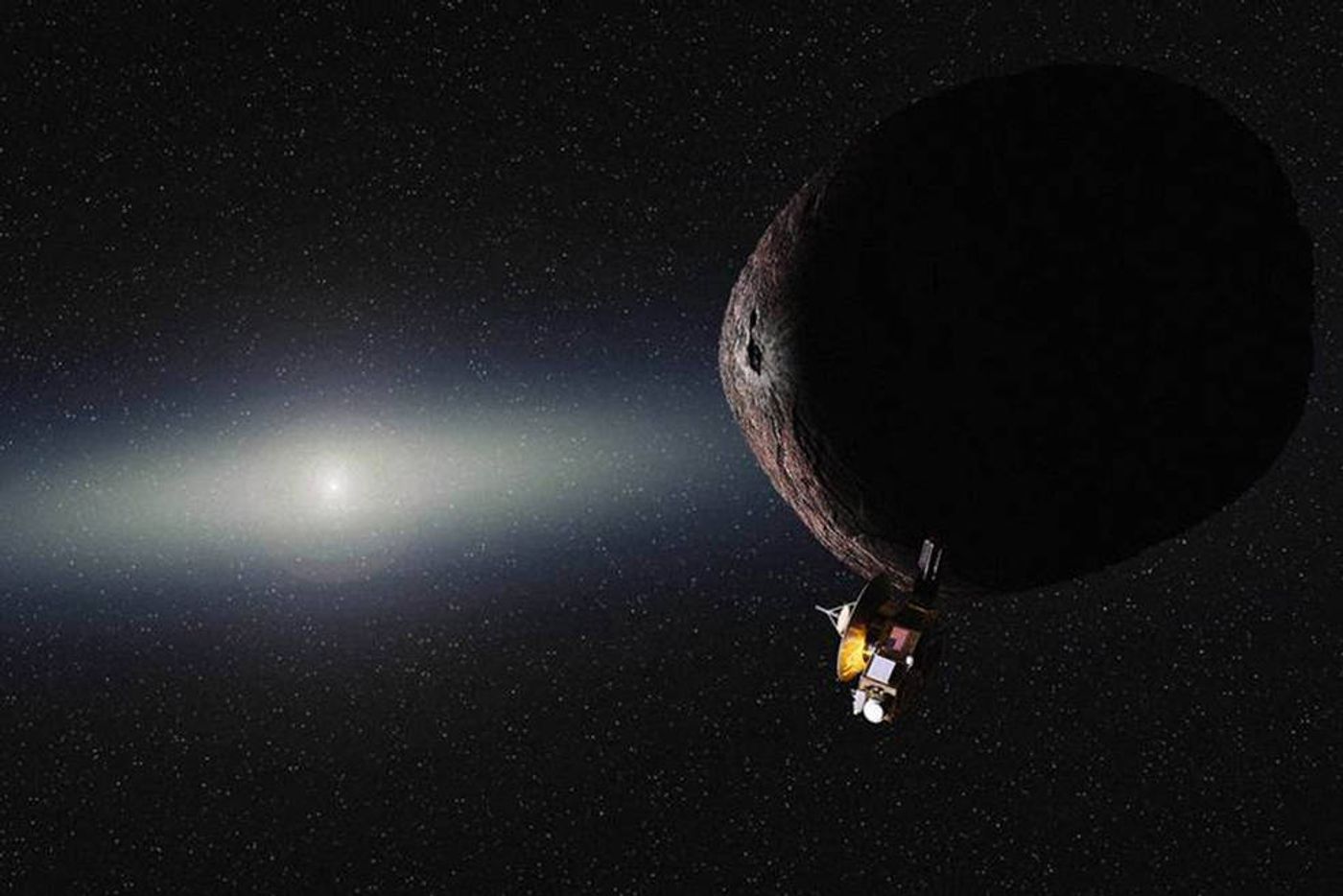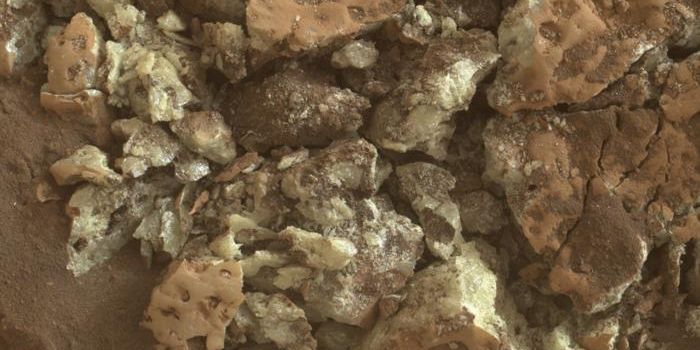NASA Selects Possible New Target for New Horizons Spacecraft
You probably remember mid-last month when NASA’s New Horizons spacecraft took record-breaking high quality photographs of Pluto’s surface, and as you’re probably well aware, New Horizons will be continuing to zoom out into uncharted territory beyond Pluto and out into the Kuiper Belt.
NASA has announced on Friday that New Horizons will be taking on a new potential target out in the Kuiper Belt: 2014 MU69, a little icy body that NASA notes is approximately one billion miles past Pluto.
2014 MU69 is known as a KBO, which is short for Kuiper Belt Object. It is neither a planet, nor a dwarf planet. It just happens to be something out there that might cross paths with New Horizons, so NASA wants to take full advantage of the opportunity to learn more about what’s out there.
“Even as the New Horizon’s spacecraft speeds away from Pluto out into the Kuiper Belt, and the data from the exciting encounter with this new world is being streamed back to Earth, we are looking outward to the next destination for this intrepid explorer,” said John Grunsfeld, astronaut and chief of the NASA Science Mission Directorate at the agency headquarters in Washington. “While discussions whether to approve this extended mission will take place in the larger context of the planetary science portfolio, we expect it to be much less expensive than the prime mission while still providing new and exciting science.”
There is, of course, a policy that NASA has to follow before they can go ahead with the project; there will need to be funding for the project and NASA needs the green light to proceed. NASA will propose the mission in 2016.
At this point in time, 2014 MU69 is the most suitable object for New Horizons to try and tango with. Since objects in the Kuiper Belt are so hard to see from here on Earth, it’s hard for scientists to estimate what New Horizons might come in contact with.
NASA is hopeful that objects in the Kuiper Belt will provide the firm with more clues about the formation of the solar system, as the cold temperatures way out there, far from the Sun, are thought to have preserved many samples of what formed our solar system.
“There’s so much that we can learn from close-up spacecraft observations that we’ll never learn from Earth, as the Pluto flyby demonstrated so spectacularly,” said New Horizons science team member John Spencer, also of SwRI. “The detailed images and other data that New Horizons could obtain from a KBO flyby will revolutionize our understanding of the Kuiper Belt and KBOs.”
We still have plenty of time before New Horizons will get close to the KBO. New Horizons isn't expected to reach the Kuiper Belt until 2019. Right now, New Horizons is continuing to transmit data back to Earth from its Pluto flyby mission. Higher resolution images are expected in September.
Source: NASA









